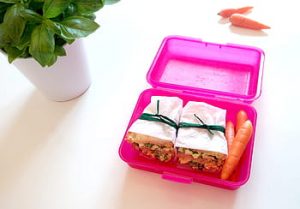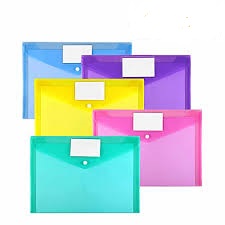
The environment should always be a top priority, no matter where we are. There are many environmental problems around us and although we may feel useless, every little action we do can contribute, either for the better or for the worse. The simple things we do and use at school can easily be more eco-friendly. Here are 8 ways to be more environmentally friendly at school.
1. Use your laptop/tablet.
Making use of these technological devices will save a lot of paper and plastic. All the notebooks, textbooks and stationery items such as pens, correction rollers, and highlighters use up many resources which could easily be avoided. Apart from being more beneficial to the environment, using a laptop/tablet makes you more efficient. If you back your documents on a cloud, you can access and edit them anytime, anywhere. Ask your teachers or lecturers if they can provide you with soft copies of the notes rather than a physical pack, and opt to download e-books instead of buying the hard-back. Not all schools accept the use of such devices, however it would be a great idea to bring it up with the administration and come to a sort of agreement.

2. Use rough paper and reusable surfaces.
Sometimes we need to write down some trivial things and get rid of the paper immediately after. For instance essay plans, maths workings, presentation cue cards, etc. Instead of using a new paper for such things, you can opt to use paper you don’t need anymore, or a reusable surface such as a whiteboard or a laminated paper. This allows you to quickly erase what you would have written with a tissue, or better a cloth, and start afresh again. As long as you don’t need to keep whatever you wrote or drew, this is a really good alternative.

3. Switch off lights and electronics before leaving the classroom
Nowadays most classrooms are equipped with all sorts of electronic devices. Lights, fans, air conditioners, interactive whiteboards, projectors, and laptops among others. When these aren’t in use, it would be very beneficial to simply switch them off, not only from the device themselves but also from the socket they’re connected to. This will reduce fossil fuel usage by a substantial amount, and you’re also helping your school to save on bills. Both economical and eco-friendly!

4. Use a lunchbox and a reusable bottle
Eliminate the use of foil, cling film, paper bags, and plastic bags by investing in a lunch box and reusable bottle. Single-use plastic is the worst type and a lot of it ends up in our seas and oceans. There are many lunchboxes and bottles out there on the market to suit all sorts of wants and needs. It’s also more worthwhile money-wise. Encourage your school to invest in water dispensers where you can refill your bottles if they already haven’t.

5. Sort out your waste
If our waste isn’t sorted out, it’s collected all together and disposed of at once. This is preventing recyclable and organic materials from being made into something else or transformed into natural fertilizers. All you need are 6 bins: organic; paper; plastic; metal; glass; and general waste. It’s also recommended to collect bottle caps separately, as they can then be given to charity and exchanged for wheelchairs. It isn’t hard to do yet has such a strong impact on the environment. It’s really the small simple things that can bring about change.

6. Reusable envelopes and stationery.
All sorts of school fees are collected throughout the scholastic year from each student. Usually each individual student uses a paper envelope for such needs, resulting in hundreds of paper envelopes being used once and then simply thrown away. You can easily invest in a plastic envelope, write your name and class on it with a permanent marker or label, and give any fees you may have in this envelope. The envelope is then simply returned to you after the money is collected. These envelopes are cheap and will last you long. Similarly, you can opt to buy pens, markers, and highlighters with refills, rather than purchase and throw away a plastic pen after it’s used up.

7. Choose an energy-efficient method of transportation.
Malta’s a small country, there’s bound to be a classmate or two of yours that live close-by to each other. You can easily carpool and take it turns. Alternatively, if there are many pupils from the same area, you can organize a van to pick you up and take you to and fro school. One can also make use of the bus, which is free for students in Malta with a Tallinja Card. The most eco-friendly method would be to ride your bike or walk it to school if you don’t live too far. All methods contribute towards reducing carbon dioxide emissions in the atmosphere, which Malta unfortunately has high levels of.

8. Join a students’ group.
Educational institutions of all levels have some sort of student organisation that works towards making their school community as ecologically friendly as possible. These organisations/groups prepare informative assemblies, organize activities such as tree-planting and beach cleanups, promote and propose environmentally friendly measures to school administration, and lead by example. It’s a way of giving service to your school community in a fun and beneficial way.

Do you have any more ideas? Let us know in the comment section below!